Seasonal contracts, limited opportunities for job development, too few colleagues: Iceland’s rangers continue to lose a lot of ranger knowledge as colleagues turn their backs on these circumstances. Nína Aradóttir, former head of Iceland’s Ranger Association Landvarðafélag Íslands, tells us how the association is working to change that. Learn about the ideas they use to improve communication with locals, the fragile bio- and geodiversity they care for, and why the diverse Icelandic ranger community is one of the few in the world made up mostly of women.
Nína, please tell us a bit about yourself: How do you work and what is your role in the ranger association?
This summer, I’m a seasonal ranger in the highlands of Iceland. I both work for the Environmental Agency of Iceland in Fjallabak Nature Reserve, where I have been based over the last five summers, and also in Nýjidalur for Vatnajökull National Park in the central highlands. I have been working as a ranger since 2017, mostly as a seasonal ranger during summertime. At the moment I’m also finishing my PhD in Glacial Geology. I was a board member of our ranger association for four years, the last two years as head of the association before Benedikt Traustason took over last spring. Currently I am part of the association’s committee working on the improvement of salaries and working conditions for rangers.
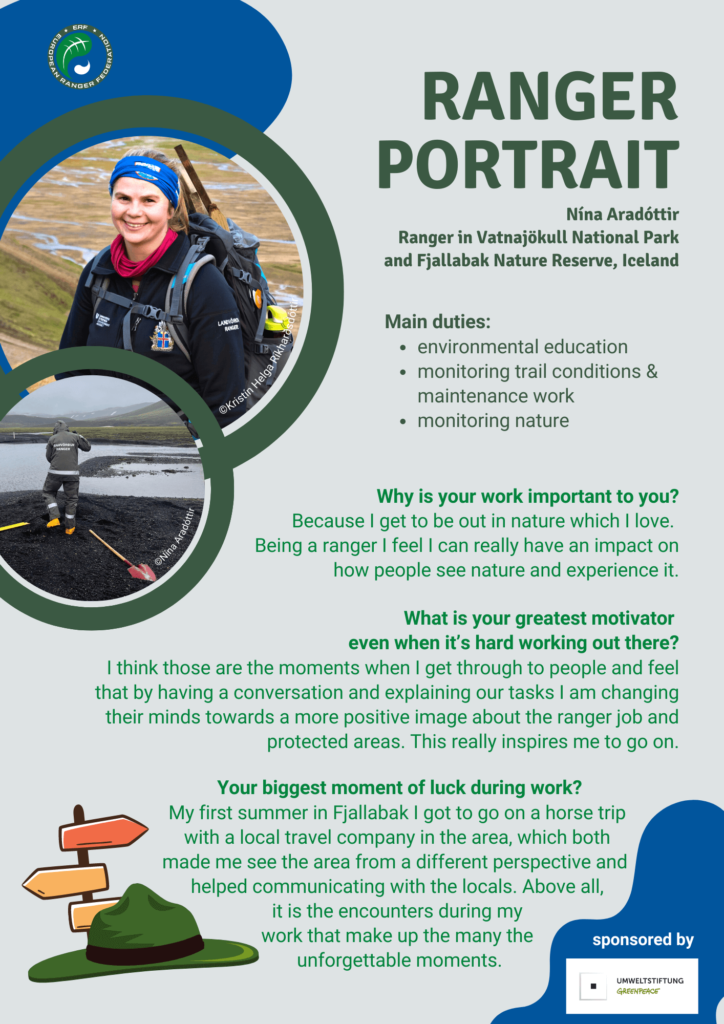
What are the issues rangers in Iceland are currently facing?
As board of the ranger association we had a seminar on the future of the work of rangers in Iceland last spring and wrote a report based on the results. One of the main issues we mentioned in the report is job security and lack of funding. We mostly have seasonal rangers in the summer. Though all year round employment has been increasing, there still are few opportunities to get a full time job as a ranger. Also possibilities for further development to grow in the ranger job are very limited. Another issue is the number of protected areas which has increased to about 23 percent of Iceland’s land surface in recent years. That’s really great. But the number of rangers has not increased at the same rate. We have a lot of tourists coming to Iceland to see nature – the driver for people to come here. So we have a problem with how few rangers we have compared to the number of tourists.
Who is the main employer for rangers in Iceland to change that?
Rangers mainly work for three institutes: the Vatnajökull and the Þingvellir National Park and the Environmental Agency of Iceland, which is responsible for Snæfellsnes National Park and other protected areas in Iceland. All are funded by the government. Having the nature protection in Iceland divided between those three institutes often complicates things for our work. But the government is planning to combine them in one institute which we think will be positive for the work of rangers. With our report from the seminar we primarily want to put pressure on the government to raise awareness about how important it is that our jobs are secure and that there are more rangers in general.
Which consequences do the temporary contracts have for rangers?
People want to continue being rangers. Many want to do it as their professional job and career. But there are not enough opportunities for that. So often they quit to do something else and to get paid better, because it’s also not the best salary. This means that we keep losing the really important local knowledge those people built up by working in the areas every day. And of course it is also mentally draining to not have job security.
How do rangers in Iceland work?
Protected areas in Iceland are diverse and our tasks are very versatile. Environmental education is the most important task, educating visitors about nature, why the area is protected, the role of park rangers as well as giving visitors important information concerning the area, e. g. about the conditions of trails, roads and river fords. In high season, there are guided tours with rangers once per day using nature interpretation to connect visitors with nature. We also inform for safety reasons as many visitors are not used to the harsh environment and extreme conditions that can arise due to frequently changing weather for example. In the highlands we also inform about river crossing, because many have never crossed rivers before. Nature protection is another important task, monitoring and maintaining the trails. In some areas, rangers also do nature monitoring in cooperation with nature research centers and institutes. Unfortunately large part of our work is also spent on fixing off-road driving, a big problem in Iceland.
Listen about the reasons and effects of off-road driving and which
solution rangers in Iceland came up with to prevent people from doing it:
In most areas there are few rangers working together on a shift but in some locations rangers are working alone. We are though always connected through radios both to share information and for safety reasons. In mass tourist places such as Skaftafell and Þingvellir it is usually very crowded with visitors most of the year. However, usually you don’t need to go far from the main parking lots and the most popular hiking trails to get some peace and silence and to be alone in nature.
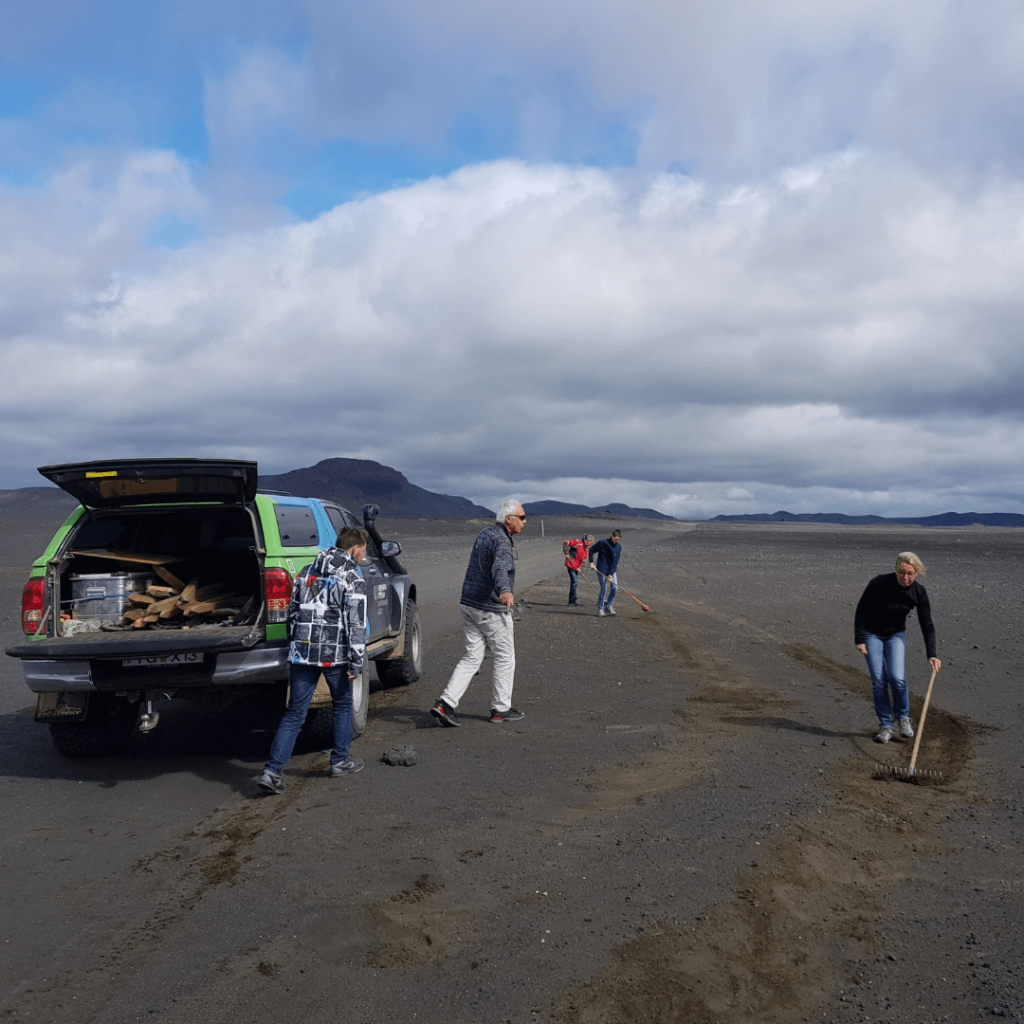
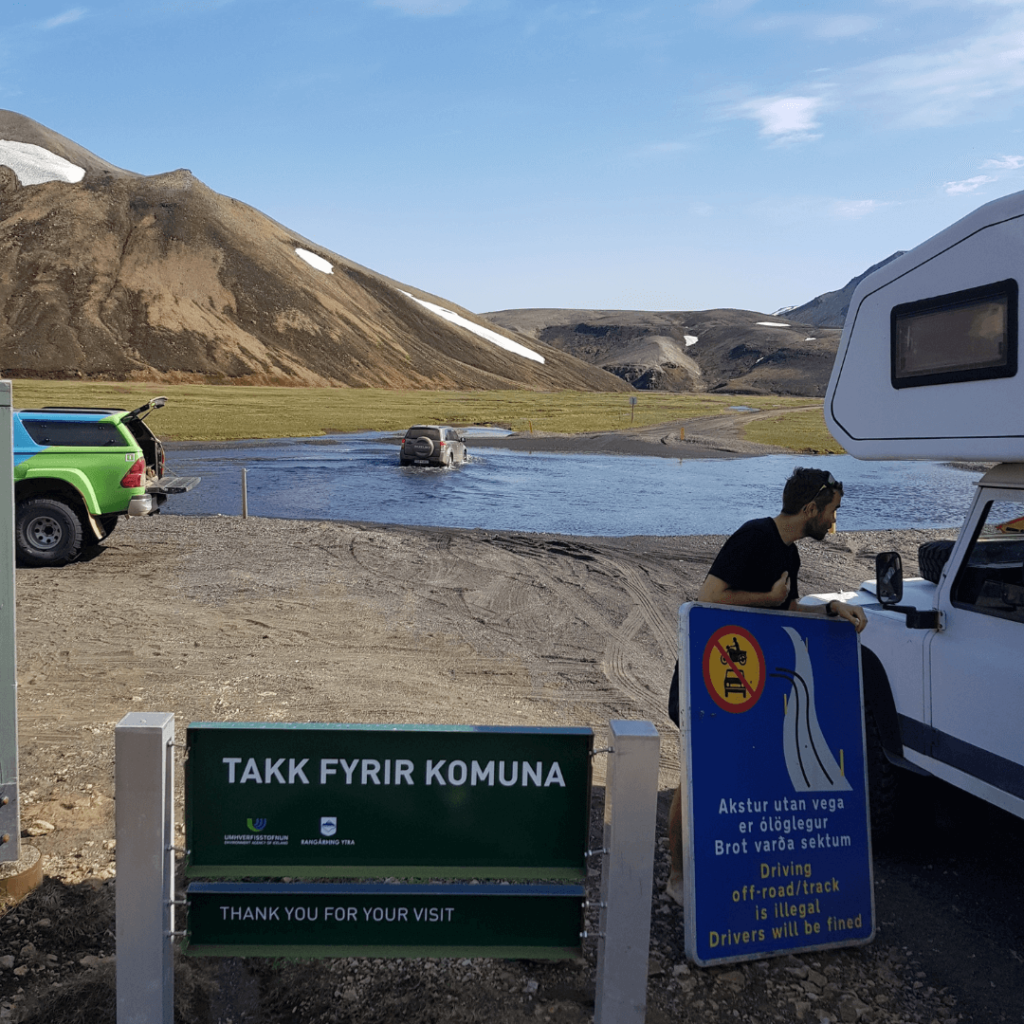
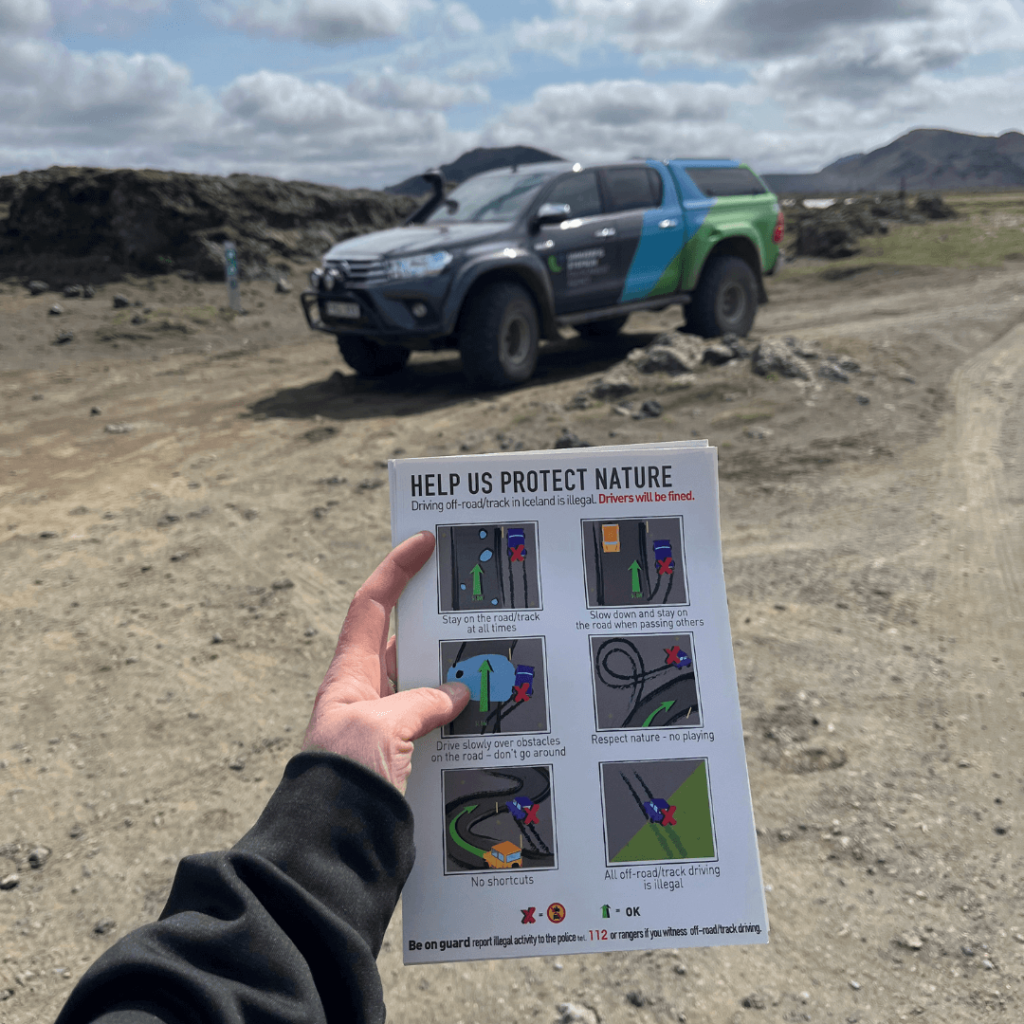
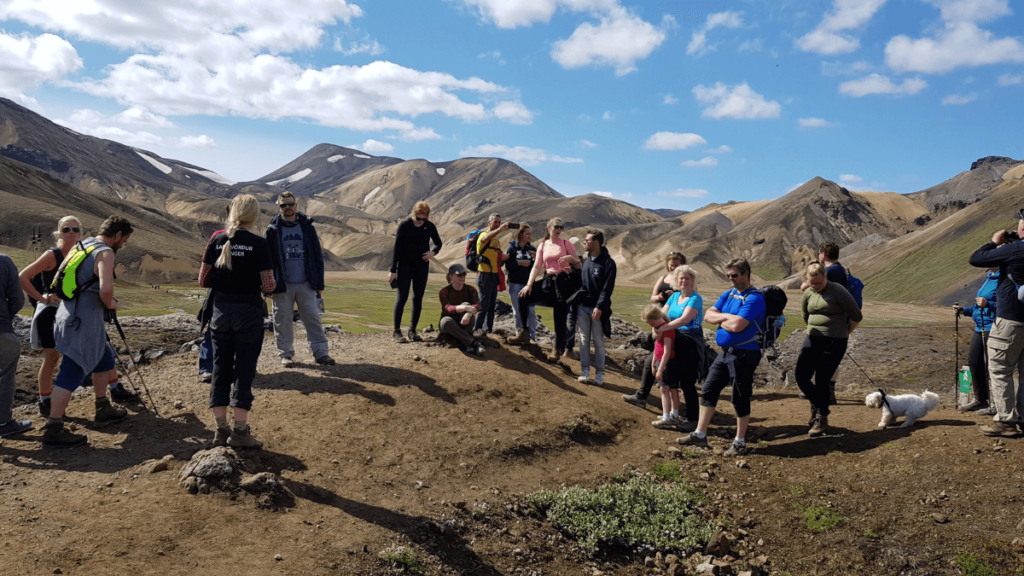
Can you describe the nature you care for a bit?
The bio- and geodiversity in Iceland is great, but nature is fragile due to the harsh environment. The diverse geological formations in Iceland are unique on a global level. The interaction between ice and fire creates diverse and dynamic nature and landscape, one of the reasons Vatnajökull National Park is a UNESCO world heritage site. Our only native mammal is the polar fox, which is very common in Hornstrandir nature reserve, where it is protected. That area is also protected because of its unique birdlife which applies to many other protected areas in Iceland. Iceland is important for many species which either come here to nest or stop on the way to the nesting areas further north. Even though we don’t have many species, the interspecies diversity is great. And as Iceland is both geologically young and isolated as an island it is interesting to monitor the development of certain species, for example the arctic charr in Þingvallavatn. Last but not least, in Iceland there are some of the biggest wilderness areas in Europe.
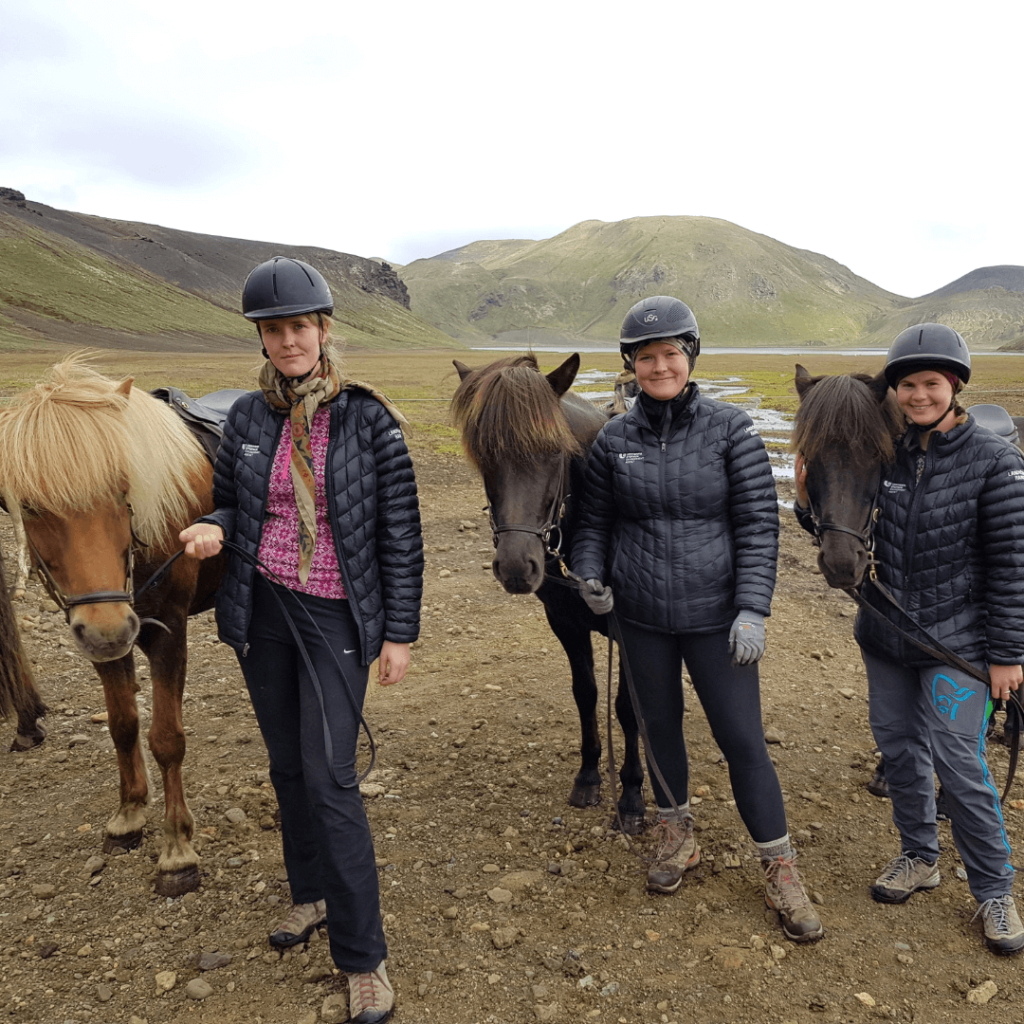
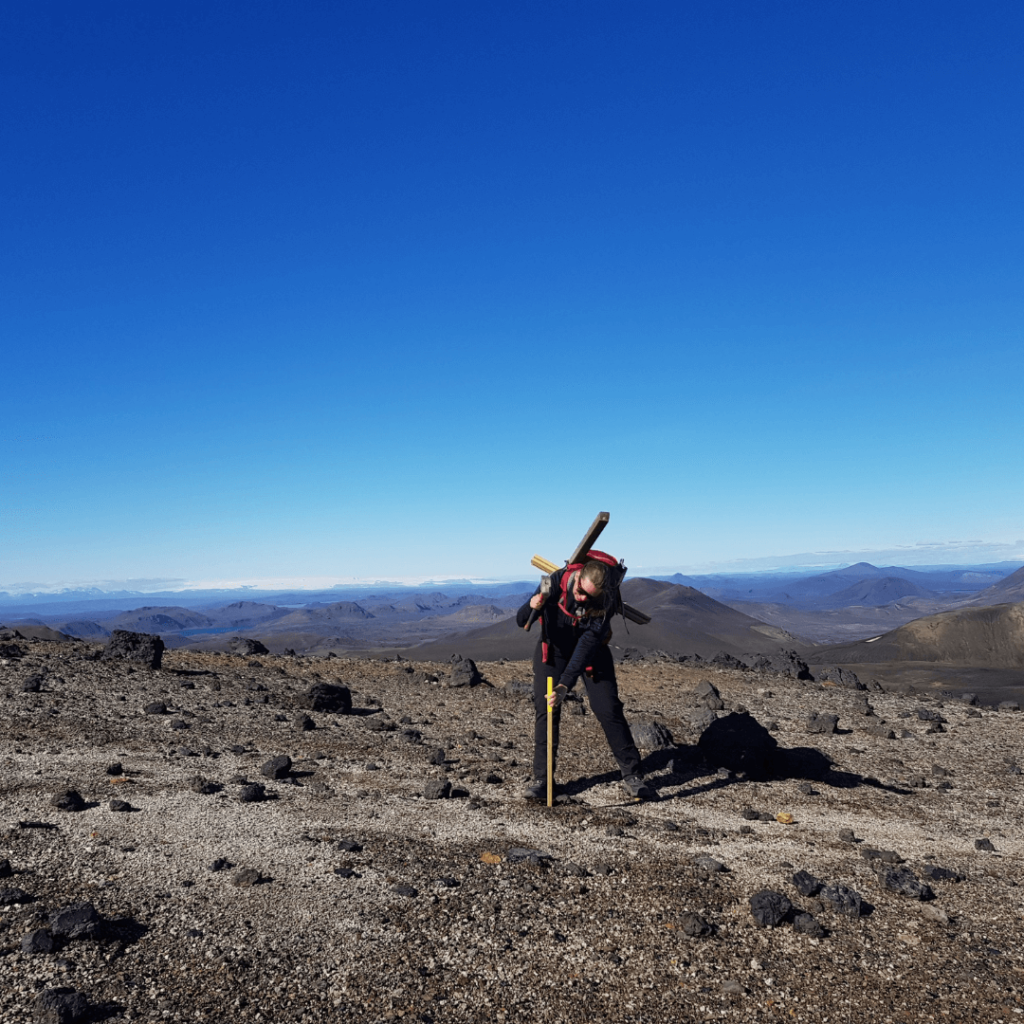
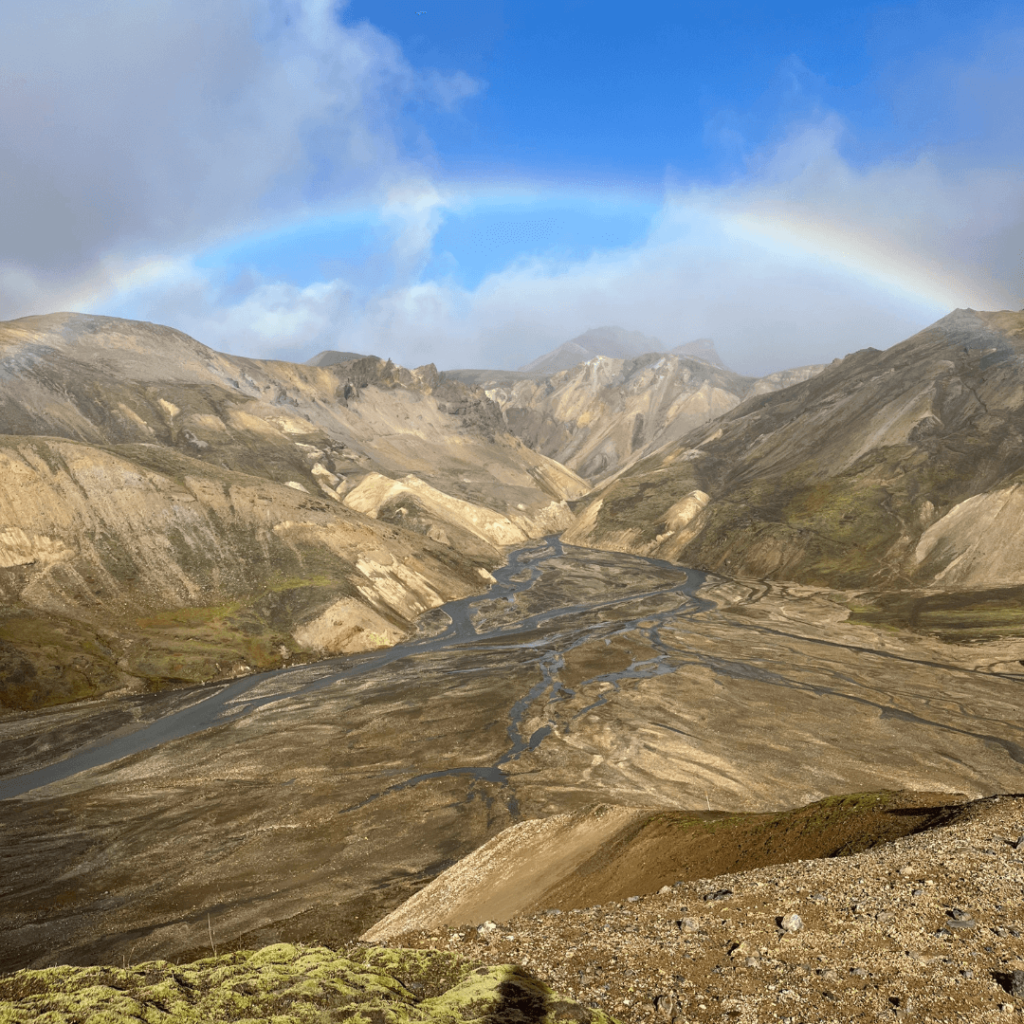
How to become a ranger in Iceland?
There are a few ways to become a certified ranger in Iceland. Most people take a four week course that the Environmental Agency of Iceland is responsible for. But additionally you can become a certified ranger after finishing certain bachelor programs from three Universities in Iceland and one mountaineering program in a high school. They have to follow a curriculum by the Environmental Agency containing specific training in nature conservation and interpretation, protected areas and their management, different tasks of rangers and so on. The Environmental Agency is also responsible for the professional training after graduation. We as a ranger association have been pushing for more education, because we think rangers need more opportunities to develop in their career. As a result we also offer training ourselves. Last year for example we had a course in association with Arctic Trucks in Iceland on how to operate modified vehicles as we use them a lot in our work, especially in the highlands.
What new ideas for ranger work are there to report from the ranger association?
After the mentioned seminar, the board had a meeting with the institutes we work for and with the Minister of Environment, Energy and Climate to introduce the results and our suggestions for improvements. One topic that we addressed in the report resulting from our seminar is how important good communication with stakeholders and local communities is as well as the reputation of rangers. Unfortunately, not all understand the importance of our jobs and maybe misunderstand our tasks. Therefore, we increase communication by for example having a joint trip with a jeep association in the highlands this autumn. Few years ago, the board produced videos (see above) explaining the work of rangers that are currently being shown on the national TV in Iceland. Lastly we always have an autumn trip where we visit different protected areas and have local rangers with us. This is a great way to get to know different areas but also other rangers.
© all photos: Nína Aradóttir
editorial work for this
content is supported by


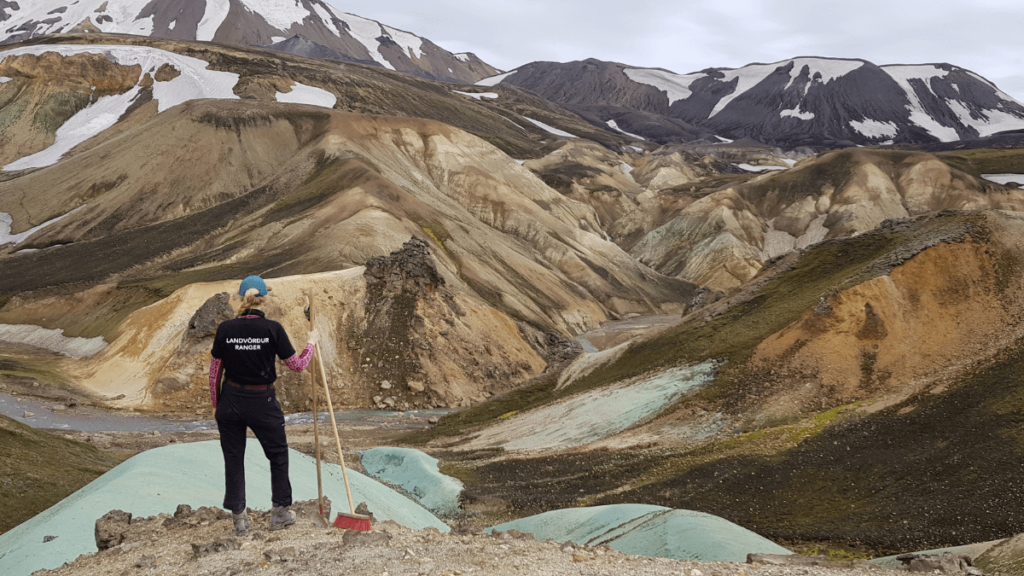
One thought on “Iceland’s rangers are key to protecting its fragile biodiversity”
Comments are closed.